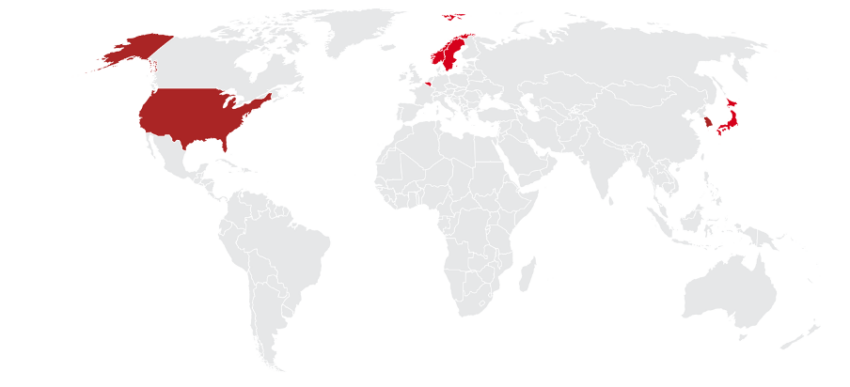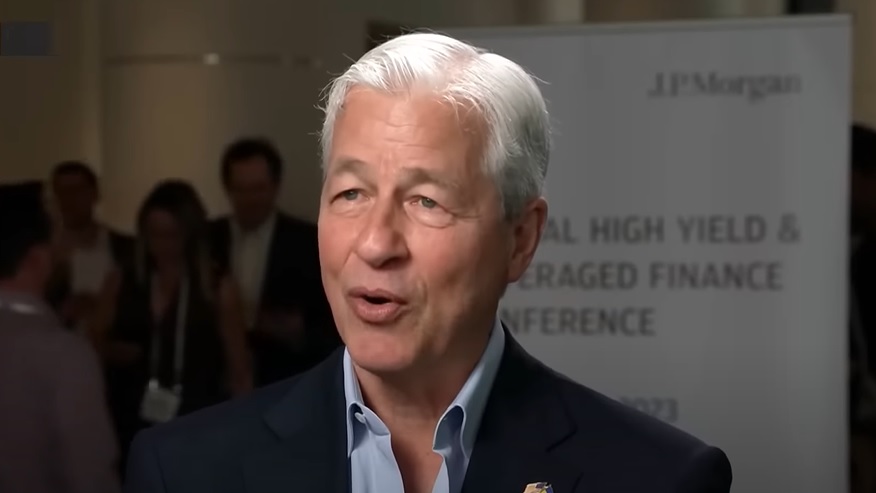Gary Gensler’s Crypto Crusade is getting a big assist from the NYDFS

Adrienne Harris, Superintendent of the New York State Department of Financial Services (DFS) Photographer: Christopher Goodney/Bloomberg
© 2022 Bloomberg Finance LP
As the Securities and Exchange Commission’s enforcement engine plows through the crypto ecosystem, it got some hands-on help from a prominent state regulator, the New York Department of Financial Services (DFS). In a statement posted on its website, DFS ordered Paxos, a New York-based trust company, to immediately stop minting a dollar-backed token Binance USD (BUSD) with a circulating supply of $15.8 billion.
Meanwhile, the SEC intends to sue Paxos for issuing BUSD as an unregistered security, according to a report in The Wall Street Journal. The DFS order claimed the action was a “result of several unresolved issues related to Paxos’ oversight of its relationship with Binance with respect to Paxos-issued BUSD.” Follow-up comments provided to Reuters sought to clarify that Paxos “breached its commitment to conduct tailored, periodic risk assessments and due diligence updates on Binance and Paxos-issued BUSD customers to prevent bad actors from using the platform.”
This standard language is deliberately vague, and a source in the crypto-forensics industry – which consists of companies designed to track the illicit use and trade of digital assets – suggested that this language insinuated a concern about money laundering and/or know-your-customer issues . DFS declined to provide further comment Forbes.
Companies overseen by DFS, such as Paxos, must obtain approval from the regulator to launch new lines of digital assets, such as issuing a new stablecoin such as BUSD, which is minted on the Ethereum blockchain. A source familiar with Paxos said Ethereum was chosen because “Ethereum is the most secure blockchain that they’re aware of, and frankly, it’s the blockchain that the New York regulator has been most comfortable with.” However, Binance, the world’s largest crypto exchange, wanted the asset to be available on other blockchains, including its own platform Binance Smart Chain.
The solution was for Binance to create a tokenized version of BUSD called Binance-peg BUSD. On the surface, the process was simple. Binance would buy BUSD, place it in a secure wallet on Ethereum and then issue a Binance peg BUSD on a 1:1 basis. According to Binance, about $5.3 billion Binance-Peg BUSD, or a third of the total, is issued on various networks Today, BUSD represents about 35% of all trading volume on Binance, according to data provider Kaiko.
The process looked simple, but it turned out to be anything but. On several occasions, Binance-linked BUSD became undersecured by more than $1 billion, according to a recent Bloomberg report.
In an industry that has seen the collapses of high-profile firms such as Genesis Trading, BlockFi, Voyager, Celsius and FTX, as well as the prominent terraUSD stablecoin solvency has never been more important for crypto. And Binance turned out to be abandoned or criminal.
According to a source familiar with Paxos, the company was not aware that Binance intended to manually port the token to other blockchains. When these revelations came to light, DFS held several meetings with the company in January. The source said that “I can say with absolute 100% certainty that they fully appreciate the difference” between BUSD and b-peg BUSD.
For Paxos, the firm saw a gap between BUSD on Ethereum, which it was responsible for, and variants on other blockchains, which were wanted outside of their domain. It is similar logic to saying that the US Mint cannot be held responsible for counterfeit dollars. “They want to understand where they can control risk and where they can’t,” says the source. “When something is moved off [Ethereum]there is not much they can do.”
While BUSD’s fate appears to be sealed, big questions remain for the stablecoin industry. After all, it is virtually impossible for a stablecoin issuer to prevent an entity from minting a tokenized version of any digital asset and introducing market or PR risk.
For example, USD Coin (USDC), with a circulating supply of $41.19 billion is the second largest digital dollar in the world behind tether (USDT), which has $66.44 billion worth of tokens in circulation. Unlike Paxos, which only issued BUSD on Ethereum, Circle offers USDC on eight blockchains, including Ethereum, Solana and Avalanche. An unsupported blockchain is the Binance Smart Chain, so Binance created a Binance peg USDC with a market cap of $779 million. Executives at Circle were concerned about this move. On the one hand, it increased the demand for USDC. However, it also creates the possibility of negligence or misconduct.
Do these events mean we could see USDC, which is also regulated by the DFS, meet a similar fate?
Circle may try to make the argument USDC is qualitatively different from BUSD because it is the sole issuer of the token, while Paxos operated a white-label service, which could convey a sense of distance between the company and the customer [Binance]. However, there is no guarantee that DFS will appreciate the difference. In addition, the reported investigation of Paxos and BUSD by the SEC makes it clear that although stablecoins are not intended to be investment vehicles, they can be considered securities in the same way.






















